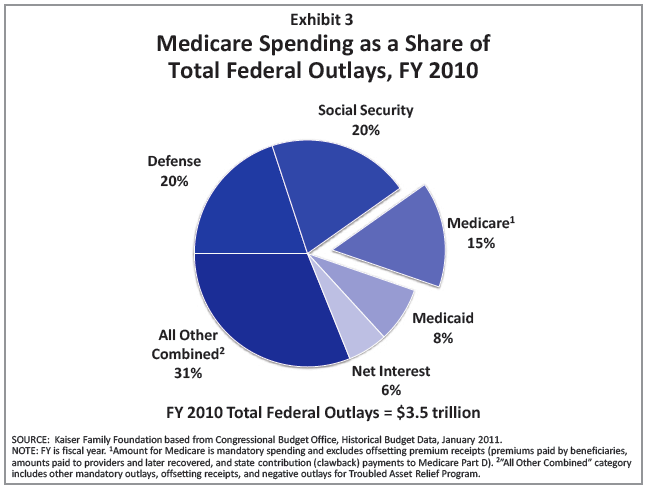At a recent meeting about implementing the Accountable Affordable Care Act, Don Berwick, (the recent CMS Administrator, and the Founder and former CEO of the IHI), listed 7 areas that worry him about continuing with successful health reform and the implementation of the ACA. (Note – I’ve rephrased some of these into question form and added some summary comments.)
- Will Care Change? (After payments change to incentive value rather than volume.)
- Will Costs Actually Be Reduced? (It is too early for much data, but can we get to a sustainable level of GDP spending on healthcare, e.g. 15%?)
- Will the Mechanics of Coverage Be Successful?

